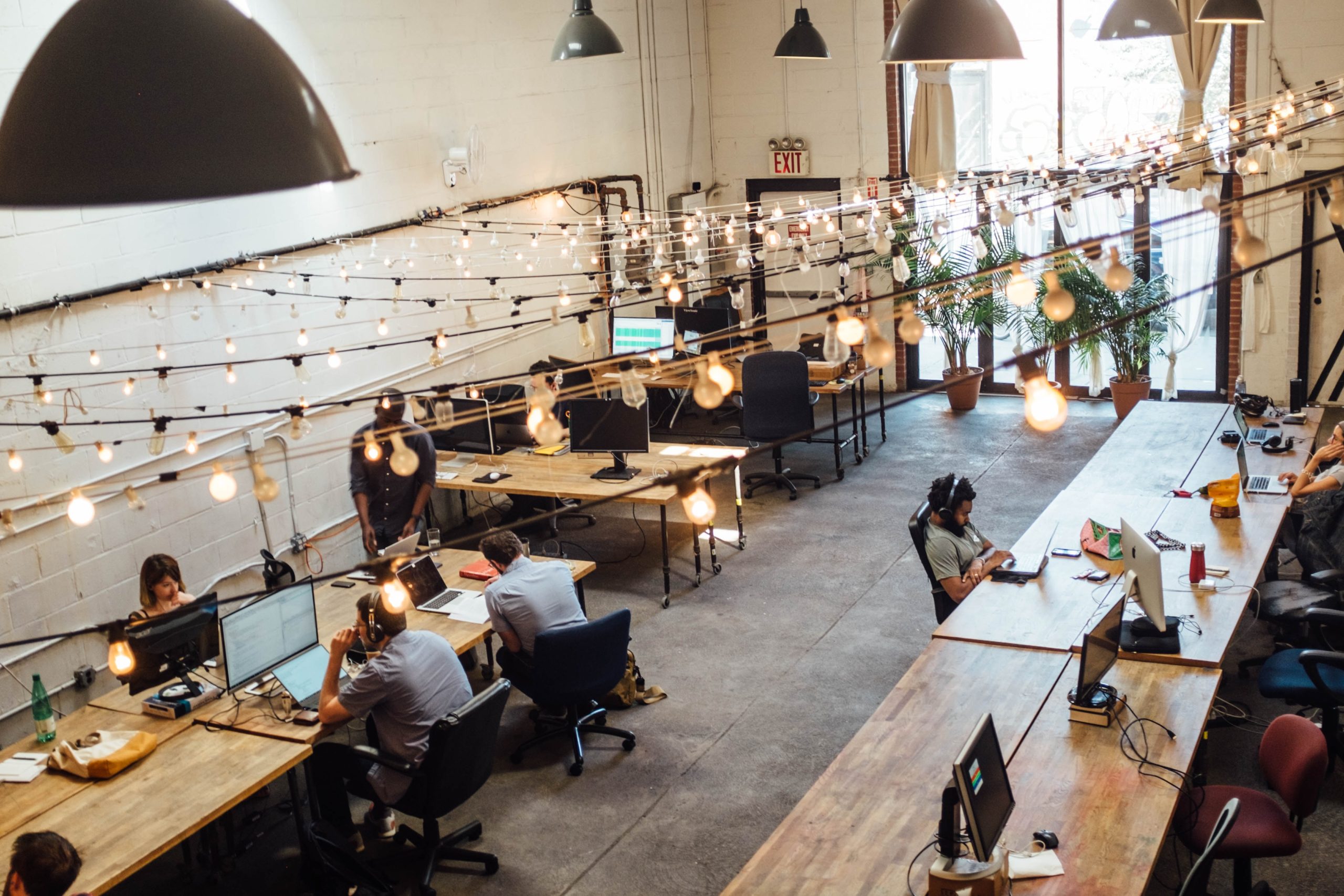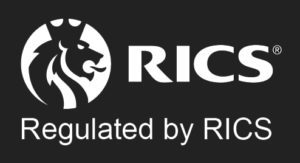Work – From Somewhere to Something

The Covid-19 Pandemic has led to a paradigm shift in the traditional approach to office-based work. Following the initial ‘work from home’ requirements during the Pandemic, many businesses have since adopted alternative working models away from the traditional ‘in the office at your desk’ to models such as shifting staff to full work from home, flexible working options and hybrid working models.
The widespread shift to more flexible and agile working models has moved the concept of ‘work’ from a physical place to an activity. The net effect of this does not mitigate the need for a physical office, rather it changes the role and function the office plays in the business and how the space is utilised to meet staff working habits and models and drive business goals. While the full effect of Covid-19 on working models is yet to be seen, the consensus of many businesses and organisations has been to adopt a form of hybrid working to give staff more flexibility and that this is required in order to maintain and attract talent.
Hybrid working models will not necessarily impact an office development’s occupational capacity, rather it allows the building to attract occupiers with larger workforces. For example, if a development with a capacity for 1,000 workers is occupied by a business that implements a 50/50 split between WFH and office, the scheme can, in theory support an occupier with a 2,000 strong workforce. In practice this may be less as businesses will require full attendance by teams at different times and we have already seen the TWT (Tuesday, Wednesday and Thursday) phenomenon at play as workers prefer to work from home on Mondays & Fridays. Despite this, the classic rule of thumb of allocating 10-15 sq.m. of space per employee to gauge an occupier’s spatial requirement is clearly being challenged. Paradoxically, there may be a positive spin off for the locations where these offices are located as the total number of distinct visitors during the week increases.
There is still uncertainty around the long-term effect of Covid-19 on long term office working models. This is manifesting itself in the leasing environment through shifting occupier space requirements, greater lease flexibility and increased demand for fitted-out spaces. Businesses will use lease events such as expiries and break options to rationalise their workplaces to reflect their adopted work models. As workplaces continue to adapt and adopt modern working practises it is important for occupiers to be cognisant of the spatial requirements needed to accommodate and attract the modern workforce and for investors and owners to be cognisant of the effect these work models will affect demand levels and lease events.
If you wish to discuss developments in the office markets further, please contact offices@bannon.ie.
Author: George Colyer, Surveyor, Bannon
Date: 2nd June 2023





